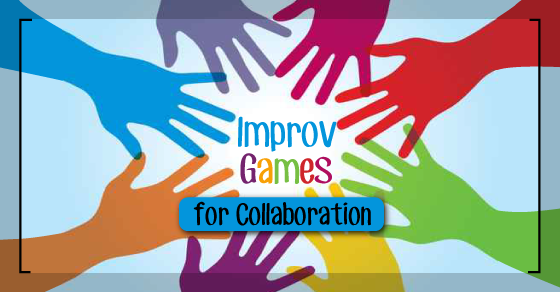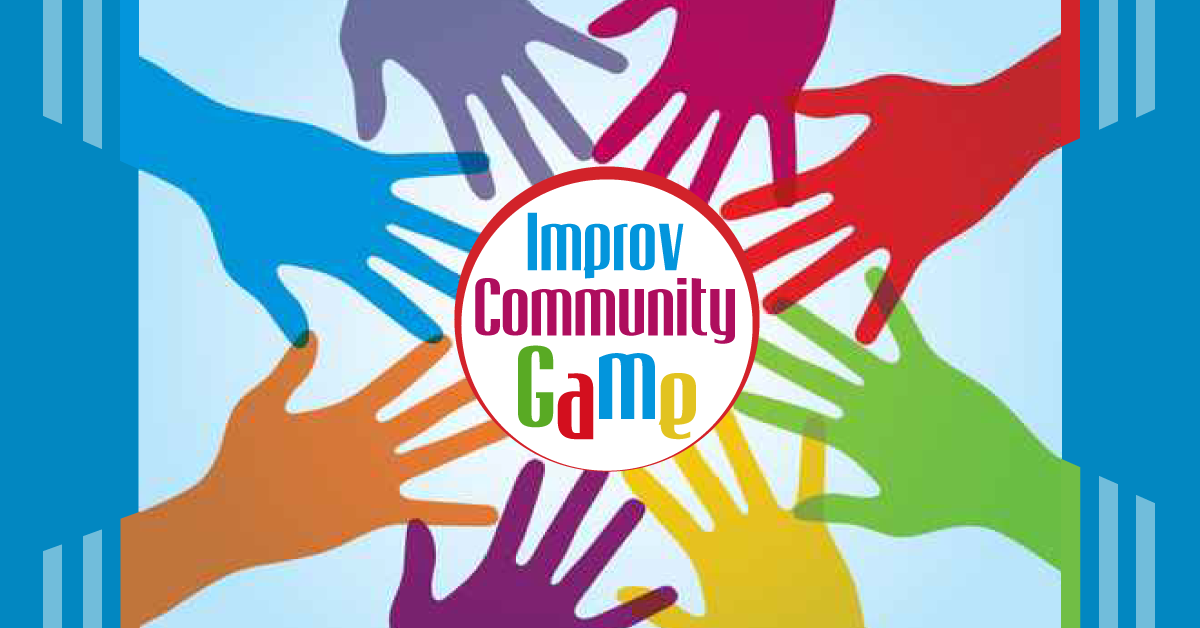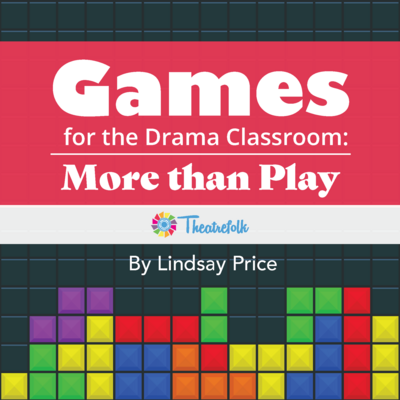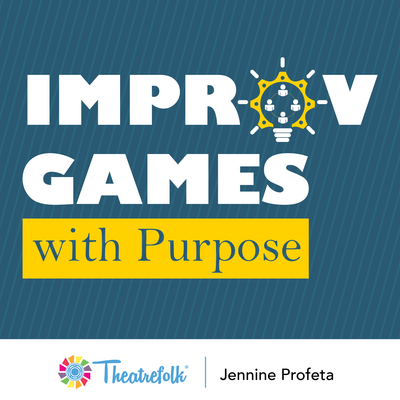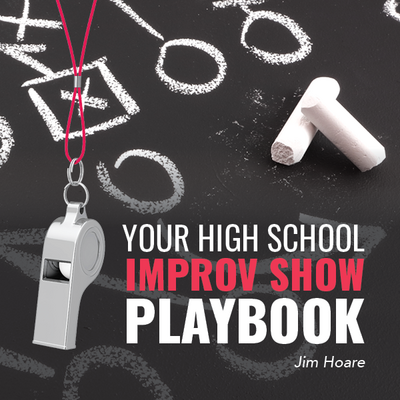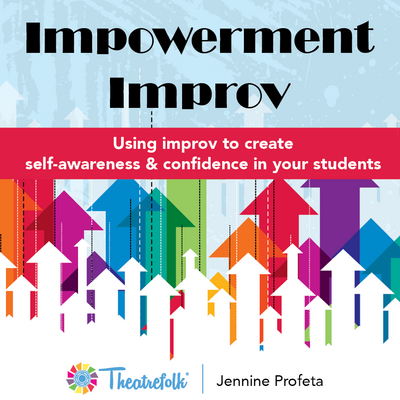There exists in everyone the potential for good or evil. Laramie Dean's adaptation of Dracula asks the question: How much would it take to bring out the darkness inside of you?
Collaboration Games: Job Interview
Jennine Profeta, instructor of the Drama Teacher Academy course Yes… And How to Teach Improv always uses the game Job Interview in her classes. In this game, one student has more knowledge than the other, so they have to work together to reach a satisfying conclusion.
Get your students into pairs. This is one of the few exercises where I do let students sit down in chairs. Standing keeps the energy up but this is a job interview scenario, so chairs are more appropriate.
Some of your students might not have experience doing job interviews. You might have to give them a little bit of coaching about what happens in a job interview situation. Usually, we walk in and politely shake the other person’s hand, we hand over a resume and so on.
Get the pairs to assign themselves as A and B. A is applying for a job but they don’t know what job they’re applying for. B is the employer and they do know what job A is applying for. They’re going to help A figure out the job.
Once they’ve assigned their positions, huddle with B so you can give them a suggestion for the job – for example, flight attendant.
B returns to their chair and the scene begins. As the interviewee, remind A that they can’t ask the question: “What job am I applying for?” We want them to make statements as they try and figure out what’s going on –“Oh, I really enjoy working with children. As you can see from my resume, I have extensive experience doing that.” This gives the interviewer something to respond to.
If the job is for a flight attendant position, B might say: “That’s great that you have some experience with children. You will encounter some of them but a majority of our clientele are actually adults.” This would give A a clue about the job and they can respond to the new information. Encourage students to use statements and avoid questions.
Every now and then, it helps that the interviewee lets their interviewer know what they’re thinking about. They might say: “You know, it’s always been my dream to be a pilot,” to which the interviewee could reply: “That’s fantastic, but we really feel like we need to start you a little further back first before we let you advance to the front of the plane.” B is letting A know that they’re on the right track but that they’re not exactly there.
When our interviewee does know what’s going on, they state the job: “Thank you so much! I’ve always wanted to be a flight attendant. I can’t wait to join your organization” and that is the end of the scene.
The students have to really work together on this one. In order to continue the scene, each participant has to help the other. Every sentence should build on the next as A tries to figure out what job they’re applying for. And remember, B wants A to get the job. Remind B to help and guide A through the scene and not to block their way.
Related Articles
Games for the Drama Classroom: More Than Play
by Lindsay Price
A collection of games and activities that go well beyond the notion of "play."
Improv Games with Purpose
by Jennine Profeta
Improv games including feedback suggestions and questions, game variations, teaching tips, side coaching tips, entry prompts, exit slip questions, and more!
Your High School Improv Show Playbook
by Jim Hoare
Have you wondered how to take improv to the next level with your students? Your High School Improv Show Playbook is the "how-to" guide for you! Empower students to present their first improv show that is fun and entertaining for all.
Impowerment Improv
by Jennine Profeta
Using improv to create self-awareness & confidence in your students

